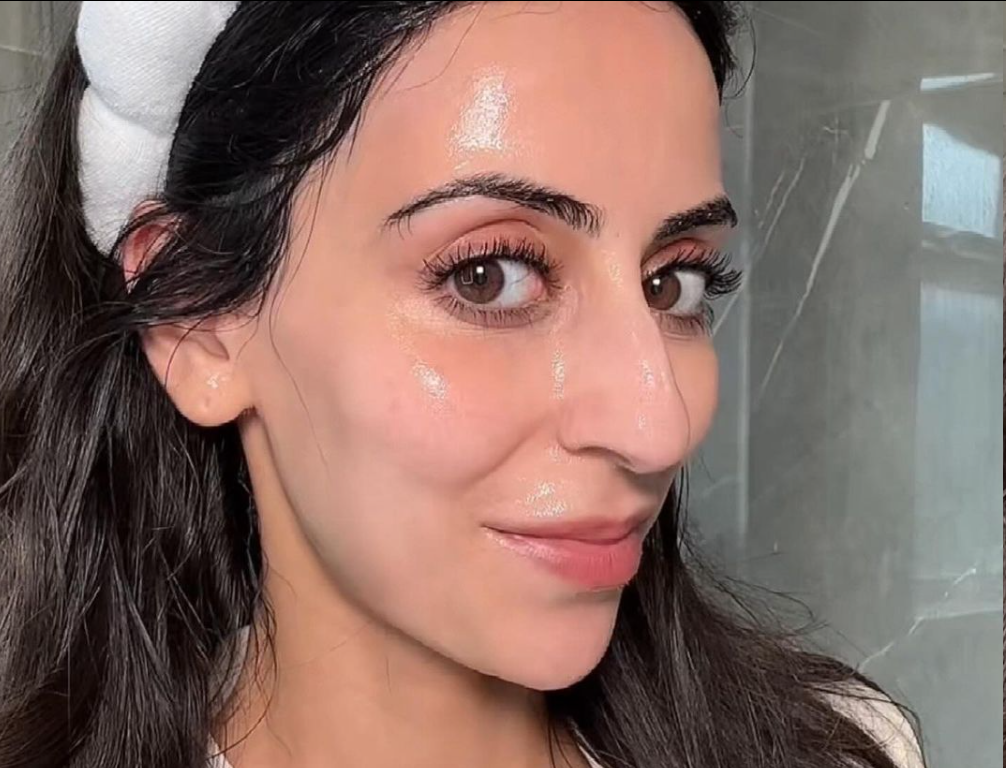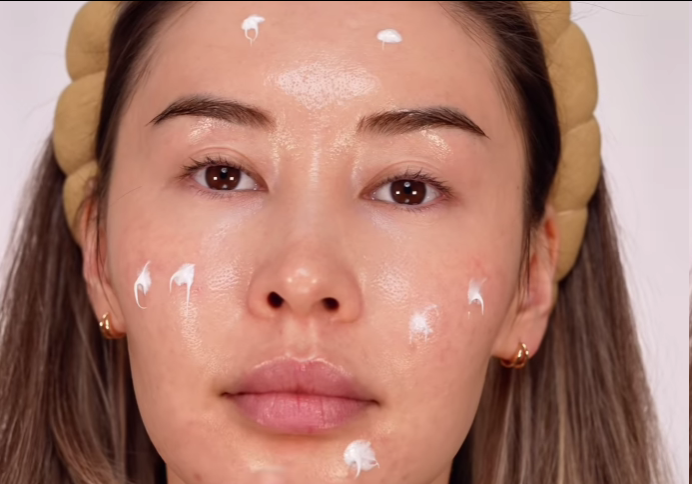If your journey into the world of skincare has led you to consider tretinoin, you’re on the path to potentially transformative results. Tretinoin, a derivative of Vitamin A, is renowned for its ability to treat acne, diminish the signs of aging and improve the skin’s overall texture. But before delving into its application, it’s essential to grasp what tretinoin is and how it can benefit your skin. For beginners, using tretinoin may seem daunting, but with the right knowledge and precautions, it can lead to clearer, more youthful-looking skin.
What is Tretinoin and How Does it Work?

Tretinoin is a powerful retinoid that accelerates skin cell turnover, which is the body’s natural process of shedding dead cells and generating new ones. Through this, tretinoin effectively unclogs pores, evens out skin pigmentation, and reduces fine lines. It’s available in various forms and strengths, typically as creams and gels, which are applied topically. However, due to its potency, it can only be obtained with a prescription from a healthcare provider.
The Benefits of Tretinoin for Your Skin

The benefits of incorporating tretinoin into your skincare regime are diverse. Its primary advantage lies in its ability to combat acne, but it’s also effective in addressing other issues such as:
- Reducing the appearance of fine lines and wrinkles
- Improving skin texture and tone
- Fading hyperpigmentation and sunspots
- Stimulating collagen production for firmer skin
Starting Your Tretinoin Journey
Embracing tretinoin as a part of your skincare routine should begin with choosing the appropriate concentration for your skin type and concerns. Start by consulting a dermatologist to help select the right formulation. After obtaining your prescription, you’ll want to integrate tretinoin into your regimen gradually to acclimatize your skin to its effects.
Choosing the Right Tretinoin Strength: A Beginner’s Approach
Starting with a lower strength of tretinoin is advisable and typically recommended for beginners. Dosages can range from 0.025% to 0.1%, with the milder options being more suitable for those with sensitive skin or who are new to retinoids. Your dermatologist will be able to prescribe the correct dosage based on your skin’s specific needs.
Integrating Tretinoin into Your Skincare Routine
As a beginner, your skin will need time to adjust to tretinoin, so it’s important to introduce it slowly. This is a crucial phase where your skincare routine will play a significant role in how well your skin tolerates the treatment. Here are some numbered steps to seamlessly integrate tretinoin into your skincare ritual:
- Begin by using tretinoin twice a week in the evenings, gradually increasing to nightly usage as tolerated.
- Wash your face with a gentle cleanser and pat dry.
- Wait for about 20-30 minutes to ensure your skin is completely dry before applying tretinoin.
- Apply a pea-sized amount to the entire face, avoiding the eyes, lips, and nostrils.
- Follow up with a non-comedogenic moisturizer to help reduce dryness and irritation.
Practical Tips for Tretinoin Use
Tretinoin is a potent retinoid that offers significant benefits for skin health, particularly in treating acne and reducing the visible signs of aging. However, due to its potency, it’s important to use tretinoin correctly to maximize its benefits while minimizing potential side effects. Here are some practical tips for incorporating tretinoin into your skincare routine:
- Start Slowly: Begin with a lower concentration and use it sparingly—perhaps once or twice a week—to allow your skin to adjust. Gradually increase frequency as tolerated.
- Apply to Dry Skin: To reduce the risk of irritation, apply tretinoin to dry skin, waiting at least 20 minutes after washing your face before application.
- Use at Night: Tretinoin breaks down in sunlight, so it is best applied at night to enhance its stability and effectiveness.
- Moisturize: Tretinoin can be drying, so follow up with a good moisturizer to keep your skin hydrated and to alleviate any dryness or peeling.
- Sun Protection: Your skin becomes more susceptible to sunburn while using tretinoin, so apply a broad-spectrum sunscreen daily and wear protective clothing when outdoors.
- Avoid Certain Products: Do not use products that can cause irritation, such as harsh scrubs, astringents, or alcohol-based toners, in conjunction with tretinoin.
- Be Patient: The benefits of tretinoin, such as improved skin texture and reduced wrinkles, usually become evident after several weeks to months of consistent use.
Overcoming Common Tretinoin Side Effects
Tretinoin is a powerful treatment for acne and signs of aging, but it can also lead to several common side effects, especially during the initial stages of use. These include redness, peeling, dryness, and increased sensitivity to sunlight. Managing these side effects is crucial to continue using tretinoin without undue discomfort. Here are effective strategies to mitigate these issues:
- Gradual Introduction: Start with a low concentration of tretinoin and use it sparingly at the beginning. Gradually increase the frequency of application as your skin builds tolerance.
- Buffering: Mix tretinoin with a moisturizer or apply a moisturizer first to reduce irritation. This technique, known as buffering, can help ease your skin into tretinoin treatment.
- Hydration: Keep your skin well-hydrated by applying a heavy moisturizer or cream designed for sensitive skin, both in the morning and at night.
- Sun Protection: Apply a broad-spectrum sunscreen every day, as tretinoin can make your skin more susceptible to sunburn and UV damage.
- Adjust Usage: If irritation persists, reduce the frequency of tretinoin application to every other night or even less frequently until your skin can tolerate more regular use.
Tretinoin and Sun Exposure: What You Need to Know
When using tretinoin, an increased sensitivity to sunlight is a significant concern. Tretinoin can thin the outer layer of the skin, reducing its natural barrier against harmful UV rays, which makes the skin more susceptible to sunburn and sun damage. It is crucial to apply a broad-spectrum sunscreen with an SPF of 30 or higher every morning as part of your skincare routine. Reapplication of sunscreen is necessary if you are exposed to sun for prolonged periods throughout the day. Additionally, wearing protective clothing and seeking shade during peak sun hours can further protect your skin. It is also recommended to apply tretinoin at night since it degrades in sunlight, which diminishes its effectiveness. By taking these precautions, you can enjoy the benefits of tretinoin without undue risk to your skin’s health.
Maximizing Tretinoin Results
Maintaining the skin’s moisture is crucial when using tretinoin. To help with this, find a quality moisturizer that works well with your skin type. Additionally, keeping hydrated by drinking plenty of water will benefit your overall skin health. Below is a table of non-comedogenic moisturizers suitable for use with tretinoin:
| Brand | Type | Key Ingredients |
|---|---|---|
| CeraVe | Lotion | Ceramides, Hyaluronic Acid |
| Neutrogena | Gel | Hyaluronic Acid |
| La Roche-Posay | Cream | Niacinamide, Glycerin |
When to Expect Visible Results from Tretinoin
It generally takes about six to twelve weeks of consistent usage before observing noticeable improvements from tretinoin. For some, it might take longer to witness significant changes, such as reduced wrinkles and even skin tone. Remember, the journey is just as important as the destination, and each person’s skin will react differently. Making lifestyle adjustments, such as eating a balanced diet and getting adequate sleep, can also complement your skincare regimen.
Conclusion
Embarking on a tretinoin treatment requires a blend of knowledge, routine integration, and adaptability to your skin’s needs. As a beginner, it’s vital to start slow, stay consistent, and maintain open communication with your dermatologist to maximize the potential of this powerful retinoid. While the path to clearer skin can take time, the results are often worth the commitment. Embrace the journey, and celebrate each step towards achieving the radiant, healthy skin you deserve.
FAQs
- How long does it usually take to see results from tretinoin?
While results can vary, many users may start to notice improvements in their skin’s texture and acne after 6 to 12 weeks of consistent use. However, more significant results, such as reduced wrinkles and hyperpigmentation, often require several months of use. - Can I use tretinoin every day as a beginner?
Beginners might experience sensitivity or dryness with daily use; it’s typically recommended to start with applications 2-3 times a week and gradually increase as your skin tolerates it. - Should I apply tretinoin before or after moisturizer?
Tretinoin should be applied to clean, dry skin. Some prefer to wait 20-30 minutes after washing their face to minimize irritation. You can apply moisturizer afterward to help soothe your skin, especially if it becomes dry or flaky. - Can I use makeup while using tretinoin?
Yes, you can use makeup, but ensure your skin is not irritated by the tretinoin application. Use gentle, non-comedogenic products and remove makeup thoroughly at the end of the day. - Is tretinoin safe for all skin types?
While tretinoin is generally safe, those with sensitive or eczema-prone skin should proceed with caution. Always consult with a dermatologist before starting tretinoin, especially if you have a pre-existing skin condition.
